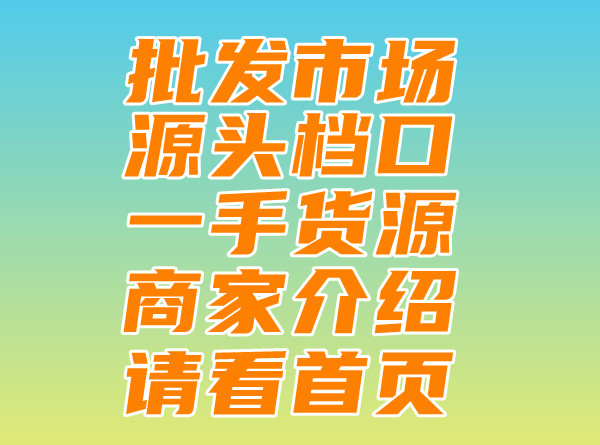Luxury Goods 1:1 High-Quality Replication TitleThe following is a possible title in English about "Luxury Goods 1:1 High-Quality Replication": "1:1 High-Quality Replicas of Luxury Goods".
Luxury Goods 1:1 High-Quality Replication TitleThe following is a possible title in English about "Luxury Goods 1:1 High-Quality Replication": "1:1 High-Quality Replicas of Luxury Goods".,
Luxury Goods Replication: The Rise of High-Quality 1:1 Replica
In the realm of fashion and luxury goods, the concept of 1:1 high-end replication has gained significant attention in recent years. This practice involves meticulously creating replicas of high-end luxury items that are so close to the original designs that they often fool even experts. The trend has sparked debate, controversy, and even legal implications in some cases.
What Does 1:1 High-Quality Replication Mean?
The term "1:1 high-quality replication" refers to a meticulous process where every detail of a luxury item is meticulously replicated to match the original as closely as possible. This includes the use of similar materials, designs, and often even the branding. These replicas are not cheap knockoffs; rather, they are created with precision and attention to detail, often using high-end manufacturing techniques.
The rise of this trend can be attributed to several factors. Firstly, the increasing popularity of luxury goods has led to a surge in demand for affordable alternatives. While genuine luxury items can be prohibitively expensive for many, high-quality replicas offer a viable alternative that allows individuals to enjoy the same style and status without breaking the bank. Secondly, the advancement of technology and manufacturing techniques has made it easier to create such high-quality replicas.
However, this practice is not without its controversies. The sale of replicated luxury goods often blur the lines between genuine and fake, which can be problematic for both brands and consumers. For brands, it can affect their image and the value of their products. For consumers, it can be challenging to distinguish genuine products from replicas, which can lead to buying inferior quality goods or being duped into buying fakes.
Moreover, the legal implications of 1:1 replication are often complex. While some countries have clear laws against the production and sale of fake luxury goods, others have more ambiguous laws that often leave room for interpretation. This ambiguity can lead to legal battles and disputes between manufacturers, brands, and authorities.
The rise of high-quality 1:1 replication in the luxury goods industry has created a complex and multifaceted issue. While offering an affordable alternative to many, it also poses challenges to brands, consumers, and authorities. As the trend continues to evolve, it will be interesting to see how all parties navigate this complex landscape and what impact it will have on the luxury goods industry in the future.

- "Wholesale Replicas Bags: A Comprehensive Guide to Quality Reproduction"
- Original Version Replica Bags Official WeChat ID
- Top-Rated Bag Replicas - The Ultimate Guide to Buying a Replica Bag with Quality Recommendation
- "LightEncounter Novice Emote Replicas Collection"
- Title: "Shenzhen Nanyao Replica Bags: A Closer Look"
- Gucci Bags: A Journey into the World of Replicas
- Fines and Penalties for Selling Replica Bags: Legal Consequences.
- Best Replica Bags: Ultimate Guide to Replicating the Best Quality of Fashion Purses.


